Indoor Gardening – An Eco-Friendly Solution for Urban Dwellers?
In today's fast-paced urban environment, where concrete jungles dominate the skyline, the idea of bringing a touch of nature into our homes can seem like a distant dream. However, indoor gardening has emerged as a vibrant and eco-friendly solution for urban dwellers seeking a slice of green amidst the chaos. Imagine transforming your small apartment or cozy home into a lush oasis, filled with the soothing presence of plants that not only beautify your space but also contribute positively to your well-being.
Indoor gardening is more than just a trend; it's a lifestyle choice that promotes sustainability and environmental consciousness. By cultivating plants indoors, you can significantly improve air quality, reduce stress, and even grow your own fresh produce right in your kitchen. Doesn't that sound appealing? The benefits are profound, and the process can be incredibly rewarding. You don't need a sprawling backyard or a green thumb to create your own indoor garden. With just a few pots, some soil, and a little love, you can embark on a journey that connects you with nature.
Moreover, indoor gardening offers a unique opportunity to engage with nature in a way that suits your lifestyle. Whether you're a busy professional, a student, or a parent juggling multiple responsibilities, tending to your plants can become a delightful escape from daily stressors. Picture yourself nurturing a small herb garden on your kitchen windowsill or watching a snake plant thrive in the corner of your living room. Each plant tells a story, and as you care for them, you cultivate not just greenery, but also a sense of peace and accomplishment.
So, why should urban dwellers consider indoor gardening? Here are some compelling reasons:
- Improved Air Quality: Plants absorb carbon dioxide and release oxygen, making your home feel fresher and more inviting.
- Stress Reduction: Studies have shown that being around plants can lower stress levels and improve mood.
- Access to Fresh Produce: Growing your own herbs and vegetables not only saves money but also ensures you have fresh ingredients at your fingertips.
- Enhanced Aesthetics: Indoor plants add color and life to any space, making it more visually appealing.
In conclusion, indoor gardening is not just an eco-friendly solution; it's a pathway to a healthier, happier life. It invites you to slow down, appreciate the little things, and reconnect with nature in the comfort of your home. So, are you ready to dig in and create your own indoor paradise?

Benefits of Indoor Gardening
This article explores the benefits of indoor gardening, its impact on urban living, and practical tips for creating a lush, green space within your home, promoting sustainability and well-being.
Indoor gardening is not just a trend; it's a lifestyle choice that brings a multitude of benefits to urban dwellers. Imagine transforming your living space into a serene oasis filled with vibrant greenery. Not only does this enhance the aesthetic appeal of your home, but it also contributes significantly to your overall well-being. One of the most immediate benefits you’ll notice is the improvement in air quality. Plants naturally filter toxins and release oxygen, making your indoor environment healthier. In fact, studies have shown that certain houseplants can reduce indoor air pollutants by up to 87% within 24 hours!
Additionally, indoor gardening can be a powerful stress reliever. Engaging with plants can help lower cortisol levels, the hormone associated with stress. Picture this: after a long day at work, you come home to a space filled with lush greenery. Tending to your plants can be a meditative experience, allowing you to unwind and reconnect with nature, even in the heart of a bustling city. It's like having a little slice of tranquility right at your fingertips!
Moreover, growing your own herbs and vegetables indoors means you have access to fresh produce year-round. This not only promotes healthier eating habits but also reduces your carbon footprint. Think about it—by growing your own food, you're cutting down on transportation emissions associated with store-bought produce. Plus, there’s nothing quite like the taste of freshly picked basil or tomatoes from your own garden!
Here’s a quick overview of some key benefits of indoor gardening:
- Improved Air Quality: Plants absorb carbon dioxide and release oxygen, purifying the air.
- Stress Reduction: Gardening can lower stress levels and promote relaxation.
- Access to Fresh Produce: Grow your own herbs and vegetables for healthier meals.
- Enhanced Aesthetics: Plants beautify your space and create a calming atmosphere.
In addition to these benefits, indoor gardening can also foster a sense of community. Sharing tips, cuttings, and even produce with neighbors or friends can create bonds and strengthen relationships. It's a delightful way to engage with others who share a similar passion for plants. You might even inspire someone else to start their own indoor garden!
Lastly, let’s not forget the educational aspect of indoor gardening. It’s a fantastic opportunity to learn about plant biology, ecosystems, and sustainability practices. Whether you're a novice or a seasoned gardener, there’s always something new to discover. So, why not take the plunge? Start small, perhaps with a few herbs on your windowsill, and watch as your indoor garden flourishes!
Here are some common questions people have about indoor gardening:
- What are the best plants for beginners? Consider starting with easy-to-care-for plants like pothos, snake plants, or peace lilies.
- How much light do indoor plants need? Most indoor plants thrive in bright, indirect light. However, some, like snake plants, can tolerate low-light conditions.
- Can I grow vegetables indoors? Yes! Many vegetables, such as lettuce and herbs, can be successfully grown indoors with the right care.
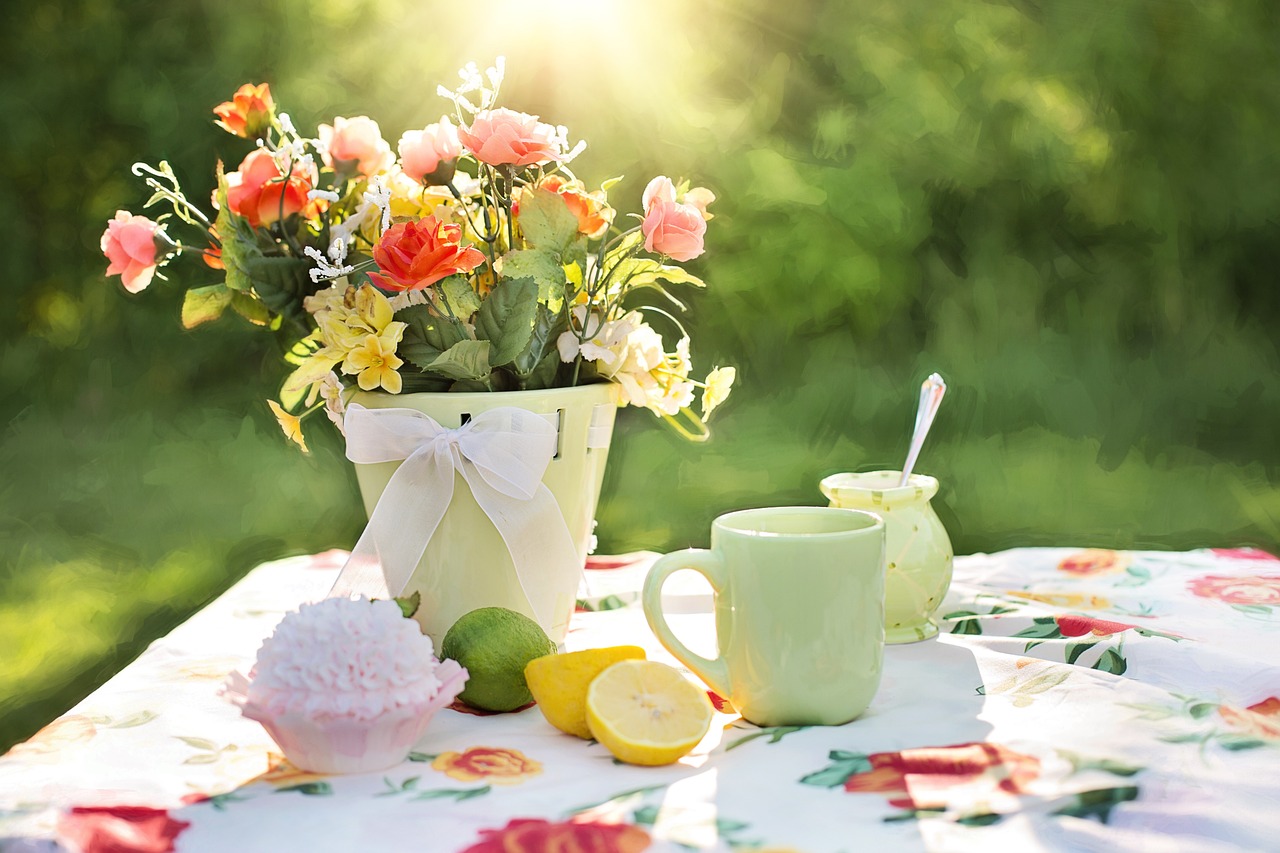
Choosing the Right Plants
Choosing the right plants for your indoor garden can feel like a daunting task, but it doesn’t have to be! Think of it as picking the perfect outfit for a special occasion; you want something that reflects your style while also being comfortable. Similarly, your indoor plants should not only align with your aesthetic preferences but also thrive in the specific conditions of your home. Factors such as light availability, humidity levels, and your own maintenance preferences play a crucial role in this decision-making process.
First off, consider the amount of natural light your space receives. If your home is drenched in sunlight, you have a wide range of options, from vibrant flowering plants to lush green foliage. However, if you find yourself in a cozy nook with limited sunlight, don’t fret! There are plenty of plants that thrive in low-light conditions. For instance, the Snake Plant and Pothos are fantastic choices that not only survive but flourish even in dimly lit spaces.
Next, think about the humidity levels in your home. Some plants, like ferns and tropical varieties, love humidity and will thrive in bathrooms or kitchens where moisture is more prevalent. On the other hand, succulents and cacti prefer dry environments, making them perfect for sunny windowsills. It’s all about matching the plant’s needs with your living conditions.
Don't forget about maintenance! If you’re a busy bee with little time to spare, opt for low-maintenance plants that require infrequent watering and minimal attention. For example, the ZZ Plant and Spider Plant are both hardy and forgiving, making them ideal for novice gardeners. However, if you’re more hands-on and enjoy nurturing your plants, you might want to explore options that require a bit more care, like orchids or bonsai trees.
To make your selection process easier, here’s a quick table summarizing some popular indoor plants based on their light and humidity needs:
| Plant Name | Light Requirements | Humidity Preferences | Maintenance Level |
|---|---|---|---|
| Snake Plant | Low to Bright Indirect Light | Low to Moderate | Low |
| Pothos | Low to Bright Indirect Light | Moderate | Low |
| Spider Plant | Bright Indirect Light | Moderate | Low |
| Fiddle Leaf Fig | Bright Indirect Light | Moderate to High | Medium |
| Orchid | Bright Indirect Light | High | High |
Ultimately, the goal is to create a harmonious indoor garden that reflects your personality while also being practical. Think of it as building a relationship; it’s about finding the right match that will grow and thrive with you. So, take your time, do your research, and choose plants that will not only beautify your space but also bring you joy and satisfaction as they grow.
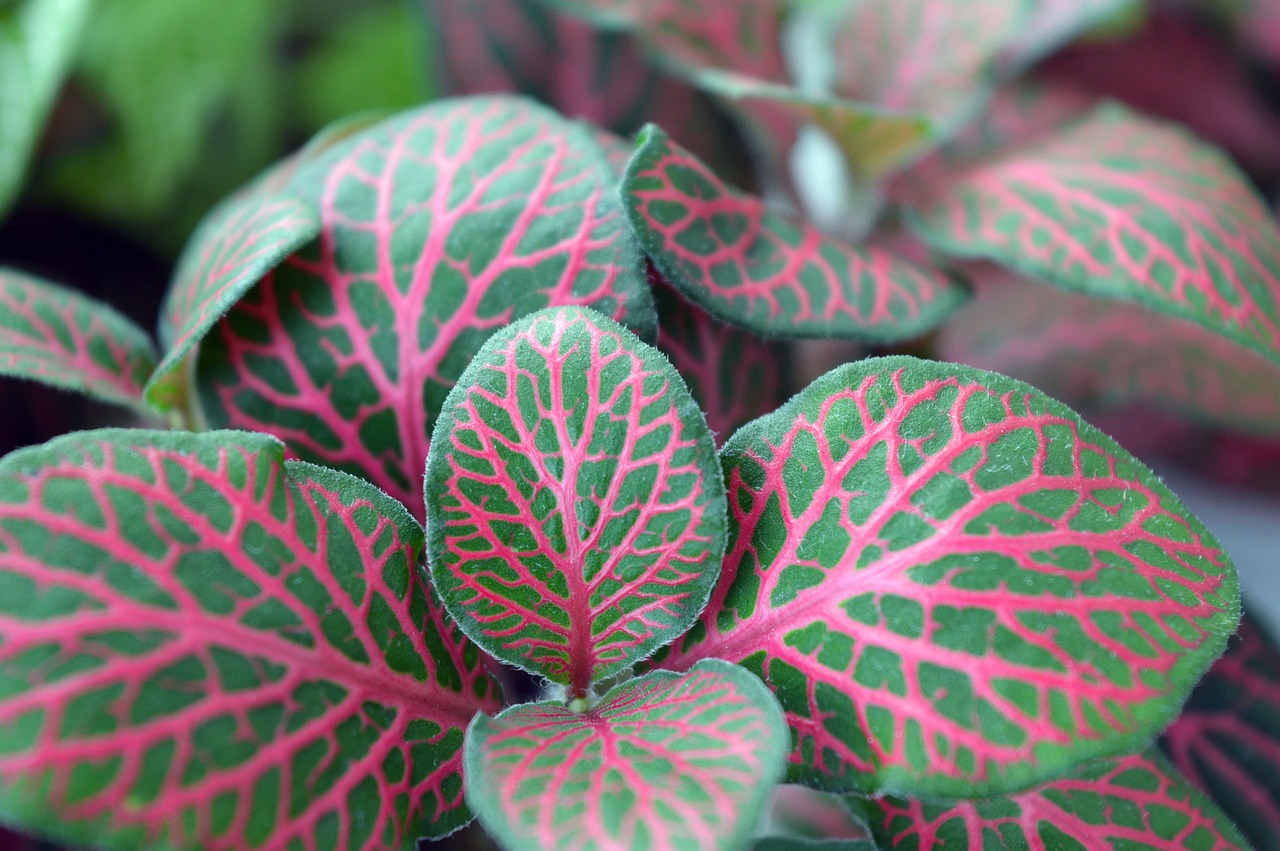
Low-Light Plant Options
When it comes to indoor gardening, one of the biggest challenges urban dwellers face is limited natural light. But fear not! There are numerous plants that thrive in low-light conditions, allowing you to cultivate a lush indoor garden without requiring a sun-drenched window. Imagine transforming your dimly lit corner into a vibrant green oasis, where each plant not only beautifies your space but also purifies the air you breathe. Isn’t that a win-win?
Let’s dive into some fantastic low-light plant options that are perfect for your indoor garden. These plants are resilient, easy to care for, and can adapt to a variety of indoor environments. Here are a couple of standout choices:
- Snake Plant - Also known as Sansevieria, this plant is a superstar in the world of indoor gardening. Its long, upright leaves can reach impressive heights, and the best part? It thrives on neglect! The Snake Plant can tolerate low light and infrequent watering, making it ideal for busy urbanites.
- Pothos - This trailing vine is another excellent choice for low-light conditions. Pothos is not only visually appealing with its heart-shaped leaves, but it’s also incredibly forgiving. It can grow in a variety of lighting conditions, and if you want to propagate it, simply cut a stem and place it in water. Before you know it, you’ll have a fuller indoor garden!
Both of these plants are not just easy to care for; they also come with the added bonus of improving your indoor air quality. The Snake Plant and Pothos are known for their ability to filter out toxins, making your home a healthier place to live. Imagine breathing cleaner air while enjoying the aesthetic benefits of greenery. It’s like having a mini-forest right in your living room!
But how do you ensure these plants thrive in your home? It’s all about the right care. Snake Plants prefer to be watered only when the soil is completely dry, while Pothos enjoys a bit more moisture but still doesn’t require constant attention. This makes them perfect for those who may not have the time to devote to a more demanding plant.
In conclusion, if you’re looking to add some greenery to your indoor space but are worried about low-light conditions, don’t let that stop you! With options like the Snake Plant and Pothos, you can create a beautiful, healthy indoor garden that thrives even in the shadiest of spots. So go ahead, embrace your inner gardener, and watch your indoor oasis flourish!
Q1: How often should I water my low-light plants?
A1: Most low-light plants, like the Snake Plant, prefer to dry out completely between waterings. A good rule of thumb is to check the soil moisture weekly and only water when necessary.
Q2: Can I grow low-light plants in a room without windows?
A2: Yes! While natural light is beneficial, many low-light plants can survive in rooms with minimal or no windows. Consider using grow lights to provide the necessary light for your plants.
Q3: Are low-light plants safe for pets?
A3: Many low-light plants are safe for pets, but it's essential to check each plant's toxicity. For example, while Pothos is popular, it can be toxic to cats and dogs if ingested.
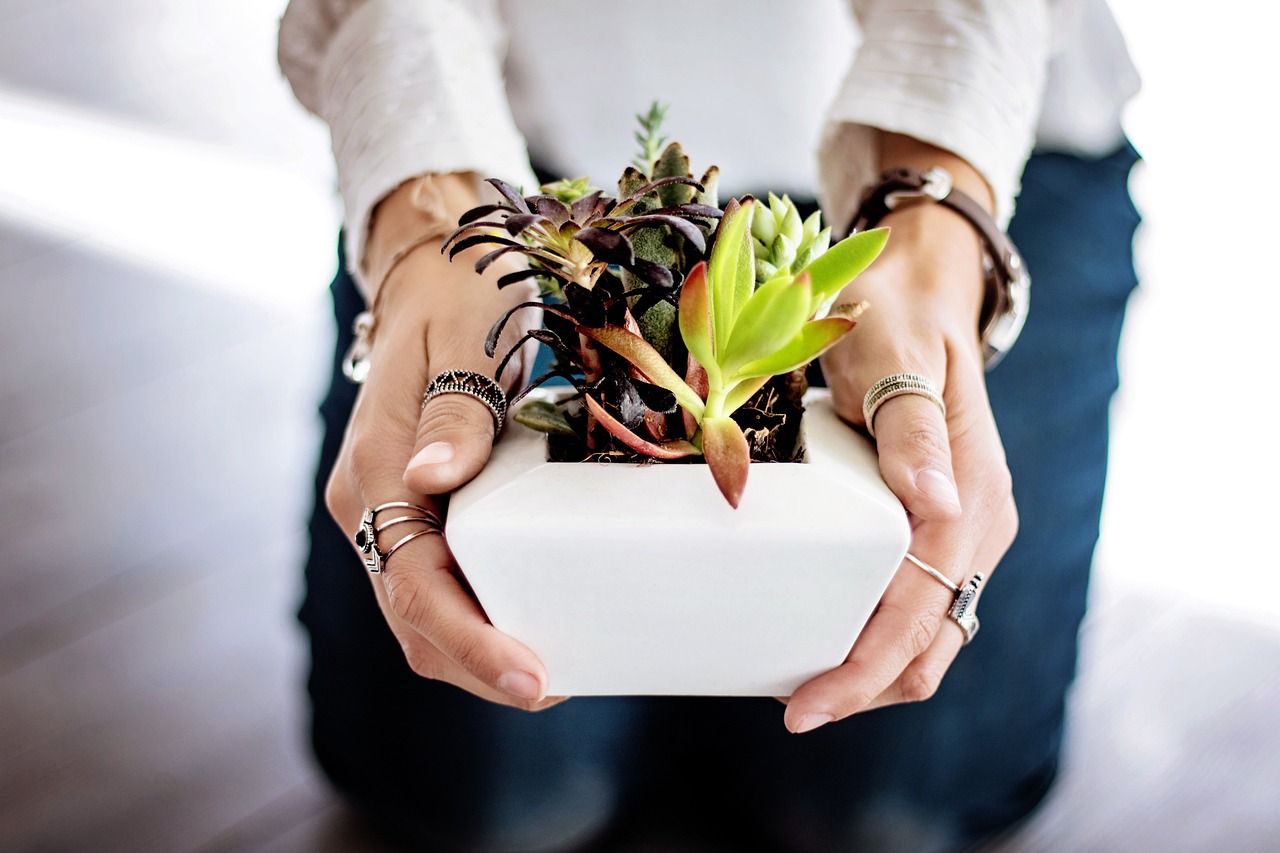
Snake Plant
The , also known as Sansevieria, is a fantastic addition to any indoor garden. Renowned for its striking upright leaves that resemble swords, this plant is not only visually appealing but also incredibly resilient. What makes the Snake Plant a favorite among indoor gardeners is its ability to thrive in various conditions, making it perfect for both beginners and seasoned plant enthusiasts. Imagine having a plant that can survive neglect and still look fabulous! Isn't that a dream come true?
One of the most remarkable features of the Snake Plant is its air-purifying qualities. According to studies, this hardy plant can filter out toxins such as formaldehyde, benzene, and xylene from the air. It’s like having a natural air purifier in your home! Plus, it produces oxygen at night, which can help improve your sleep quality. So, if you're looking for a plant that not only beautifies your space but also contributes to a healthier living environment, the Snake Plant is your go-to choice.
Caring for a Snake Plant is a breeze, making it an excellent option for those who might not have a green thumb. Here are some essential care tips:
- Light Requirements: Snake Plants can tolerate low light but prefer indirect sunlight. Place them near a window where they can receive some light without being scorched by direct rays.
- Watering: Overwatering is the most common mistake with Snake Plants. Allow the soil to dry out completely between waterings. In general, watering once every two to three weeks is sufficient.
- Soil: Use well-draining potting soil, as Snake Plants do not like to sit in water. A cactus mix or a mixture of potting soil and sand works well.
In terms of propagation, the Snake Plant is quite forgiving. You can easily propagate it by dividing the rhizomes or by leaf cuttings. Just cut a healthy leaf into sections and plant them in soil, and with a little patience, you’ll have new plants sprouting in no time!
In summary, the Snake Plant is a powerhouse in the indoor gardening world. Its low maintenance needs, air-purifying abilities, and aesthetic appeal make it a must-have for anyone looking to enhance their indoor environment. So, whether you’re a busy professional, a student, or just someone who loves greenery, the Snake Plant is sure to add a touch of life to your home.
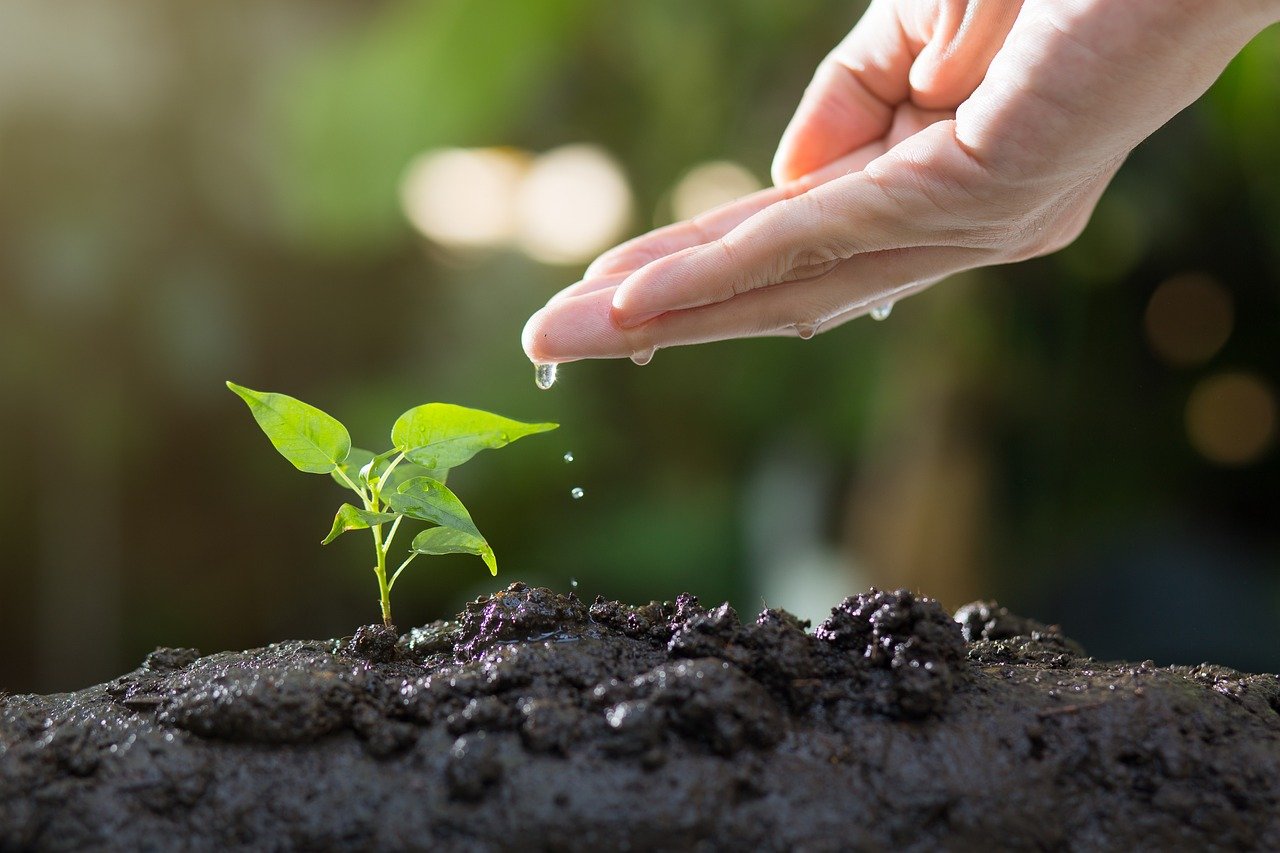
Pothos
Pothos, scientifically known as Epipremnum aureum, is often hailed as the ultimate indoor plant for both beginners and seasoned gardeners alike. Its trailing vines and heart-shaped leaves not only create a lush, vibrant atmosphere in your home but also serve as a natural air purifier. Imagine coming home after a long day to a space filled with cascading green foliage that instantly lifts your spirits—this is the magic of Pothos!
One of the most appealing aspects of Pothos is its versatility. It can thrive in a variety of lighting conditions, from bright, indirect light to low-light environments, making it an ideal choice for almost any room in your house. Whether you hang it in a basket, let it trail down a shelf, or even train it to climb a trellis, Pothos adapts beautifully to its surroundings. This adaptability makes it a favorite among urban dwellers who may not have access to ample natural light.
Caring for Pothos is incredibly straightforward. These plants are known for their resilience, requiring minimal maintenance. Watering is essential, but it's also important to avoid overwatering, which can lead to root rot. A good rule of thumb is to water your Pothos when the top inch of soil feels dry to the touch. When it comes to fertilizing, a balanced, water-soluble fertilizer applied every 4-6 weeks during the growing season will help your plant thrive. If you notice yellowing leaves, it might be a sign of overwatering or nutrient deficiency, so keep an eye on those green beauties!
Propagation is another exciting aspect of growing Pothos. You can easily create new plants by taking cuttings from the vine. Simply cut a section of the stem that has at least a couple of leaves and place it in water or directly into soil. In a few weeks, you'll see roots developing, and before you know it, you'll have new Pothos plants to share with friends or decorate other corners of your home!
In addition to being aesthetically pleasing, Pothos is also known for its air-purifying qualities. According to NASA's Clean Air Study, Pothos can remove toxins such as formaldehyde, benzene, and xylene from the air, making it a fantastic addition to your indoor space. So, not only are you beautifying your home, but you're also contributing to a healthier living environment. It's a win-win situation!
In conclusion, incorporating Pothos into your indoor garden is a fantastic choice for anyone looking to enhance their living space with greenery. Its low-maintenance nature, coupled with its ability to thrive in various light conditions, makes it the perfect plant for urban dwellers seeking to bring a touch of nature indoors. So why not take the plunge and add a Pothos to your collection? Your home—and your air quality—will thank you!
- How often should I water my Pothos? It's best to water when the top inch of soil feels dry.
- Can Pothos grow in low light? Yes, Pothos is very adaptable and can thrive in low-light conditions.
- How do I propagate Pothos? Take cuttings of the stem with leaves and place them in water or soil until roots develop.
- Is Pothos safe for pets? Pothos is considered mildly toxic to pets, so keep it out of reach if you have curious animals.

Herbs for Indoor Gardening
Growing herbs indoors is not just a trend; it's a lifestyle choice that can transform your cooking and elevate your living space. Imagine snipping fresh basil or rosemary right from your kitchen windowsill while whipping up a delicious meal. Indoor herbs are a fantastic way to bring a touch of nature inside, and they come with a plethora of benefits. Not only do they add flavor to your dishes, but they also release delightful scents that can uplift your mood and enhance the ambiance of your home.
When it comes to selecting herbs for your indoor garden, consider varieties that are not only easy to grow but also thrive in typical indoor conditions. Some of the best herbs for indoor gardening include:
- Basil: A staple in many kitchens, basil loves warmth and bright light. It’s perfect for adding to pasta dishes or salads.
- Mint: This fragrant herb is incredibly versatile, great for teas, desserts, and even savory dishes. Mint prefers indirect light and can grow quite vigorously.
- Thyme: A hardy herb that requires minimal care, thyme can survive in less light and is perfect for seasoning meats and vegetables.
- Parsley: Rich in vitamins, parsley thrives in bright light and can be used in a variety of dishes, from salads to soups.
One of the best parts about growing herbs indoors is that they can be cultivated year-round, regardless of the season outside. This means you can enjoy fresh flavors even in the dead of winter! To create a thriving indoor herb garden, ensure you provide adequate sunlight, ideally 6-8 hours a day. If natural light is limited, consider using grow lights to supplement their needs.
Watering is another critical aspect of indoor herb gardening. Herbs generally prefer well-drained soil, so be cautious not to overwater them. A good rule of thumb is to let the top inch of soil dry out between waterings. Additionally, using pots with drainage holes will help prevent water from pooling at the bottom, which can lead to root rot.
Lastly, don’t forget to regularly harvest your herbs! Frequent trimming encourages bushier growth and prevents the plants from becoming leggy. Plus, it gives you the opportunity to enjoy the fruits of your labor in your culinary creations. Imagine the satisfaction of incorporating your own homegrown herbs into your meals—it's like having a little piece of nature right in your kitchen.
1. What are the easiest herbs to grow indoors?
Some of the easiest herbs to grow indoors include basil, mint, chives, and parsley. These herbs are forgiving and can thrive in various indoor conditions.
2. How much light do indoor herbs need?
Most indoor herbs require about 6-8 hours of bright, indirect sunlight daily. If natural light is insufficient, consider using grow lights to supplement their light needs.
3. Can I grow herbs in water?
Yes! Many herbs, like basil and mint, can be propagated in water. Simply place cuttings in a glass of water, and they will develop roots over time.
4. How often should I water my indoor herbs?
Watering frequency can vary, but a general rule is to let the top inch of soil dry out before watering again. Always ensure pots have drainage holes to prevent overwatering.
5. Can I grow herbs indoors all year round?
Absolutely! Indoor herbs can be grown year-round, making them a great option for fresh flavors, regardless of the season.
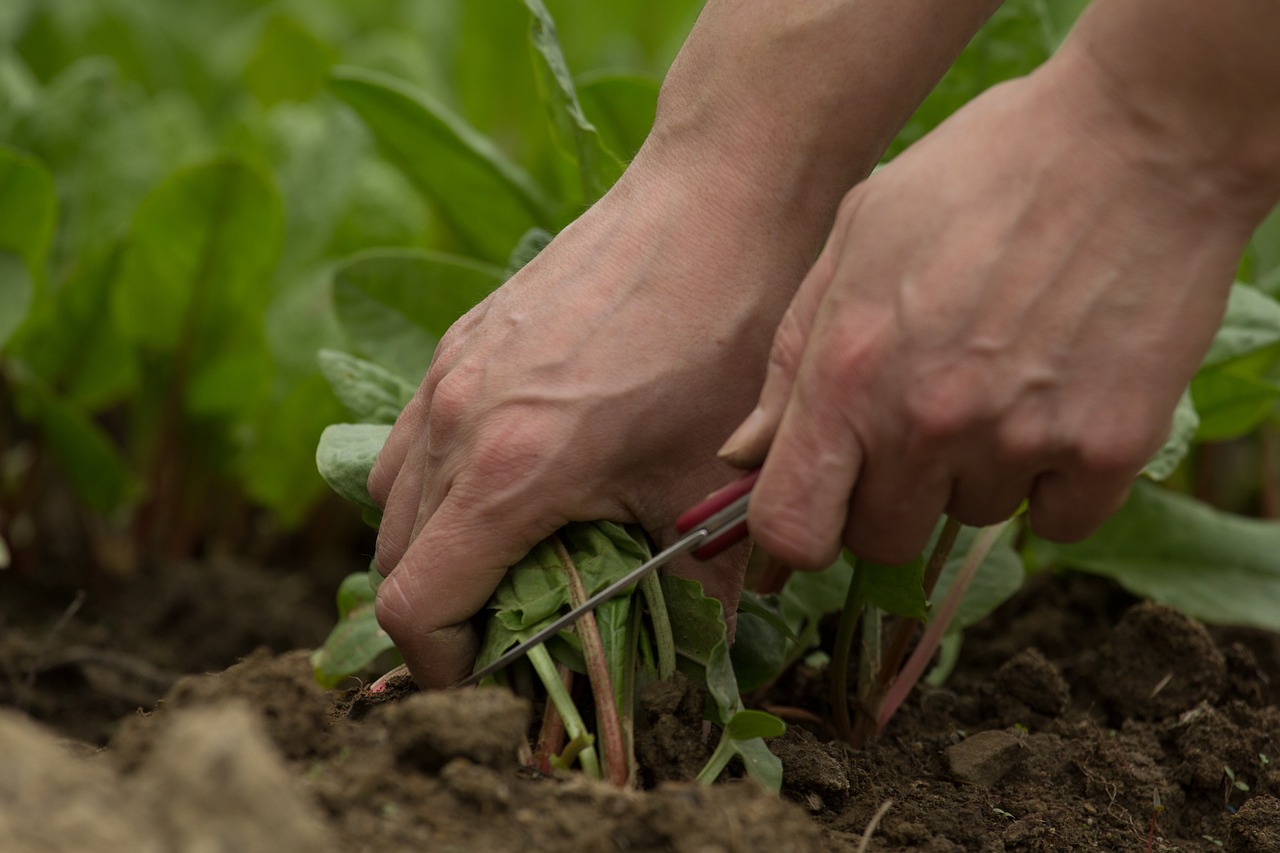
Essential Indoor Gardening Tools
When it comes to indoor gardening, having the right tools can make all the difference between a thriving green space and a struggling one. Think of your indoor garden as a symphony; without the right instruments, the music just won't play. So, what tools should you have at your disposal to ensure your plants flourish? Let's dive into the essentials that every indoor gardener should consider!
First and foremost, watering tools are a must-have. Proper watering is crucial for plant health, and using the right tools can help you avoid the common pitfalls of overwatering or underwatering. A simple watering can with a long spout allows you to reach those hard-to-access areas of your plants, while a moisture meter can help you gauge when it's time to water. Imagine having a personal assistant that tells you exactly when your plants are thirsty!
Next up, we have soil and fertilizers. The foundation of your indoor garden lies in the soil you choose. Not all soils are created equal, so selecting a potting mix that retains moisture yet drains well is key to plant health. You might also want to consider fertilizers that provide essential nutrients to your plants. For instance, a balanced liquid fertilizer can give your plants a boost during their growing season. Think of it as a nutritious meal that keeps them energized and vibrant.
Additionally, having a good set of pruning tools is essential for maintaining your indoor garden. Pruning shears can help you trim dead leaves and encourage new growth, ensuring your plants stay healthy and aesthetically pleasing. Just like a haircut can make you feel fresh, a little pruning can rejuvenate your plants, making them look their best.
Finally, don’t overlook the importance of humidity trays or misting bottles. Many indoor plants thrive in humid environments, so creating a microclimate can be beneficial. A humidity tray filled with water and pebbles can help maintain moisture levels, while a quick misting provides an instant boost of humidity. It's like giving your plants a refreshing spa day!
To summarize, here’s a quick table of essential indoor gardening tools:
| Tool | Purpose |
|---|---|
| Watering Can | For controlled watering |
| Moisture Meter | To check soil moisture levels |
| Pruning Shears | For trimming and maintaining plant health |
| Potting Mix | To provide a healthy growing medium |
| Fertilizers | To nourish your plants |
| Humidity Tray | To maintain humidity levels |
With these tools in your gardening arsenal, you're well on your way to creating a lush, vibrant indoor garden that not only beautifies your space but also contributes to your well-being. Remember, every great gardener started with the basics, and with a little care and the right tools, you can transform your indoor space into a green oasis!
1. How often should I water my indoor plants?
The frequency of watering depends on the type of plant and its environment. Generally, check the top inch of soil; if it's dry, it's time to water.
2. What type of soil is best for indoor gardening?
A good quality potting mix designed for indoor plants is ideal. It should retain moisture while allowing for good drainage.
3. Can I use regular garden soil for indoor plants?
It's best to avoid using garden soil as it can compact and doesn't provide the drainage that indoor plants need.
4. How can I increase humidity for my indoor plants?
You can increase humidity by using humidity trays, misting your plants, or placing a small humidifier nearby.
5. What are the signs of overwatering?
Signs include yellowing leaves, wilting, and mold growth on the soil surface. Always ensure your pots have drainage holes.
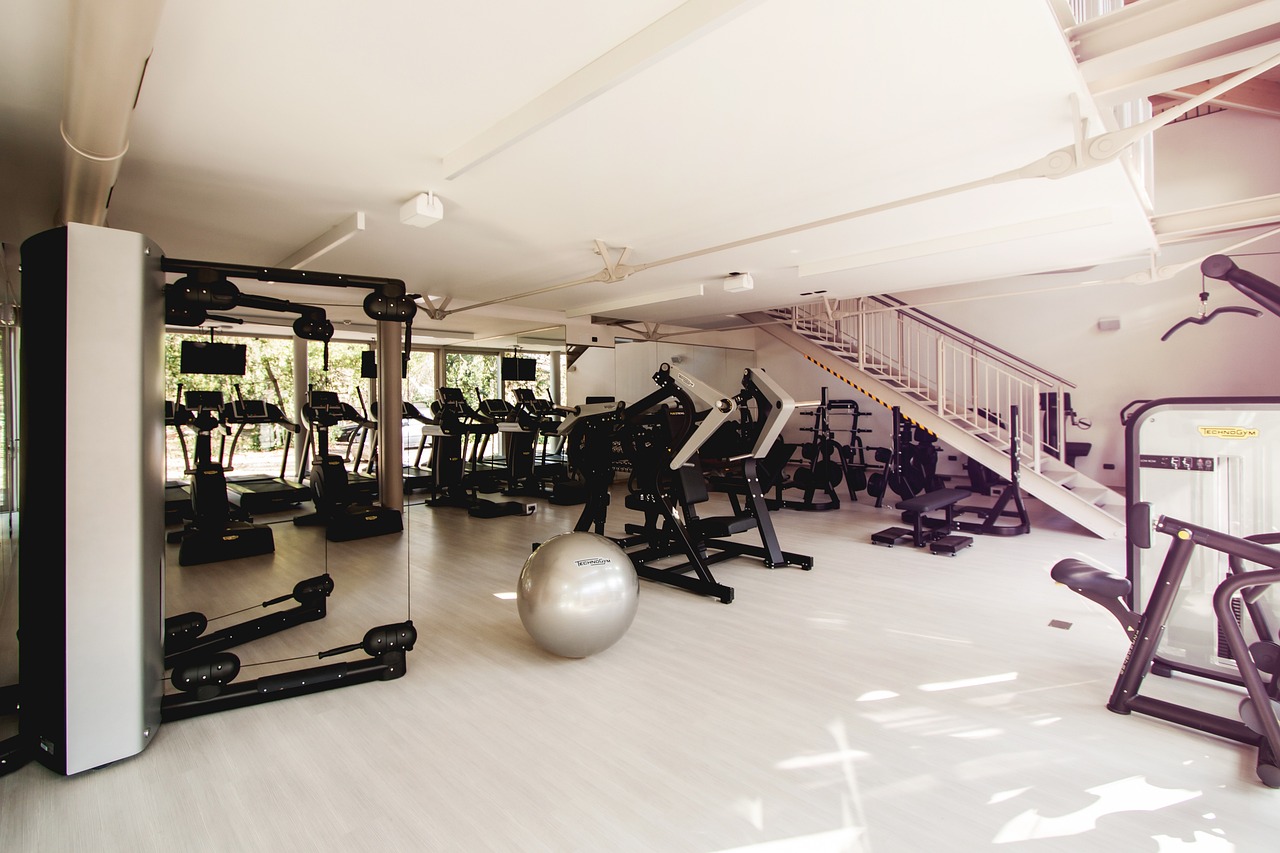
Watering Tools
Watering your indoor plants might seem like a simple task, but it's one of the most crucial aspects of indoor gardening. The right can make a world of difference, ensuring your plants receive just the right amount of moisture without the risk of overwatering. Imagine your plants as delicate little friends who need just the right balance of care to thrive. Too much water, and they drown; too little, and they wither away. So, what tools can help you strike that perfect balance?
First up, we have the classic watering can. This trusty companion comes in various sizes and designs, allowing you to choose one that fits your style and needs. Look for a can with a long spout for precision, enabling you to reach those tricky spots without spilling water all over your floor. Additionally, consider a can with a capacity that suits your indoor garden size; a smaller can might be perfect for a few pots, while larger gardens may require something more substantial.
Another fantastic tool to consider is a self-watering system. These systems are a game-changer for busy urban dwellers who might forget to water their plants regularly. A self-watering pot has a reservoir at the bottom that allows plants to absorb moisture as needed, ensuring they never go thirsty. It's like having a personal assistant for your plants, taking care of their hydration needs while you focus on your bustling life!
If you're looking for precision, a watering bottle with a fine nozzle is a great option. This tool allows you to water your plants gently, minimizing the risk of soil erosion and ensuring that water seeps into the roots effectively. It's especially handy for delicate seedlings or plants with sensitive root systems. Plus, it gives you a bit of control over how much water each plant receives, making it easier to cater to their individual needs.
When it comes to indoor gardening, understanding the moisture needs of your plants is vital. You might even want to invest in a moisture meter. This nifty gadget helps you gauge the moisture level in the soil, so you know exactly when to water. It’s like having a little plant doctor at your disposal, ready to inform you when your leafy friends need a drink!
To summarize, here’s a quick look at some essential watering tools for your indoor garden:
| Tool | Description |
|---|---|
| Watering Can | Classic tool for controlled watering. Look for a long spout. |
| Self-Watering Pot | Reservoir system that waters plants as needed. |
| Watering Bottle | Fine nozzle for gentle watering and precision. |
| Moisture Meter | Gauges soil moisture to inform watering needs. |
By equipping yourself with these tools, you can ensure your indoor garden remains lush and healthy. Remember, each plant is unique, so take the time to understand their specific hydration needs. Happy gardening!
Q: How often should I water my indoor plants?
A: The frequency of watering depends on the type of plant, the size of the pot, and the environment. Generally, it's best to check the soil moisture before watering. If the top inch of soil feels dry, it’s time to water!
Q: Can I use tap water for my indoor plants?
A: Yes, but be mindful of the chemicals in tap water, such as chlorine. Letting the water sit out for 24 hours can help dissipate some of these chemicals, making it safer for your plants.
Q: What should I do if I overwater my plants?
A: If you suspect overwatering, check for root rot. You may need to repot the plant in fresh, dry soil and ensure proper drainage in the pot.
Q: Are there specific plants that require more frequent watering?
A: Yes, tropical plants like ferns and peace lilies generally prefer more moisture, while succulents and cacti thrive in drier conditions. Always research the specific needs of your plants!

Soil and Fertilizers
When it comes to indoor gardening, the foundation of your plants' success starts with the right soil and fertilizers. Just like a house needs a solid foundation, your plants rely on nutrient-rich soil to thrive. But what exactly makes soil suitable for indoor gardening? Well, it should provide adequate drainage, aeration, and essential nutrients. Typically, a good mix for indoor plants combines potting soil with components like peat moss, perlite, and vermiculite, creating an environment that mimics their natural habitat.
Choosing the right fertilizer is equally important. Indoor plants often require a balanced diet to flourish, and the nutrients they need can vary based on the type of plant. Here’s a quick breakdown of the essential nutrients:
| Nutrient | Function |
|---|---|
| Nitrogen (N) | Promotes leaf growth and overall plant health |
| Phosphorus (P) | Supports root development and flowering |
| Potassium (K) | Enhances disease resistance and overall vigor |
For many indoor gardeners, using a liquid fertilizer is the go-to option because it’s easy to apply and allows for quick absorption by plants. You can opt for a balanced fertilizer, often labeled as 10-10-10, which contains equal parts of nitrogen, phosphorus, and potassium. Alternatively, if you're aiming for a specific type of growth—like lush green foliage or vibrant blooms—you might want to choose a fertilizer formulated for that purpose.
Another aspect to consider is the timing of your fertilization. Generally, indoor plants benefit from regular feeding during their growing season, which usually spans from spring to early fall. During the winter months, many plants enter a dormant phase, requiring less fertilizer. However, always remember to check the specific needs of your plants, as some may have different requirements.
In addition to commercial fertilizers, you can also explore organic options, which can be a fantastic way to nourish your plants while being eco-friendly. Ingredients like compost, worm castings, and fish emulsion provide nutrients in a natural form and improve soil structure over time. Plus, they can help your indoor garden thrive without the risk of chemical buildup.
To wrap it up, understanding the right soil and fertilizers is crucial for your indoor garden's success. By choosing nutrient-rich soil and appropriate fertilizers, you're not just feeding your plants; you're creating a vibrant indoor ecosystem that can enhance your living space and contribute to your well-being.
- How often should I fertilize my indoor plants? - Typically, during the growing season, every 4-6 weeks is advisable, but always check your plant's specific needs.
- Can I use garden soil for indoor plants? - It's generally not recommended as garden soil can contain pests and diseases. Opt for a high-quality potting mix instead.
- What signs indicate that my plant needs fertilizer? - Yellowing leaves, stunted growth, or poor flowering can be signs that your plant requires more nutrients.
Frequently Asked Questions
- What are the benefits of indoor gardening?
Indoor gardening offers a variety of benefits, such as improved air quality, stress reduction, and access to fresh herbs and vegetables. By cultivating plants indoors, you can create a serene environment that enhances your overall well-being and promotes sustainability.
- Which plants are best for low-light conditions?
Some great options for low-light indoor gardening include the Snake Plant and Pothos. These plants are not only hardy but also require minimal light while providing air-purifying benefits and aesthetic appeal.
- How do I care for my indoor plants?
Caring for indoor plants involves understanding their specific needs, including light, water, and soil requirements. Regularly check the moisture level of the soil, ensure they receive adequate light, and use suitable fertilizers to promote healthy growth.
- What tools do I need for indoor gardening?
Essential tools for indoor gardening include watering cans, pruning shears, and quality potting soil. These tools will help you effectively maintain and nurture your plants, ensuring they thrive in your indoor space.
- Can I grow herbs indoors?
Absolutely! Growing herbs indoors is not only possible but also rewarding. Popular indoor herbs include basil, mint, and parsley. They can add flavor to your dishes while brightening up your living space.
- How often should I water my indoor plants?
The frequency of watering depends on the type of plant and its environment. Generally, it's best to check the soil moisture before watering. If the top inch of soil is dry, it's time to water. Overwatering can be just as harmful as underwatering!
- What type of soil is best for indoor gardening?
Using a high-quality potting mix is crucial for indoor gardening. Look for a soil blend that provides good drainage and aeration, which helps prevent root rot and promotes healthy plant growth.



















